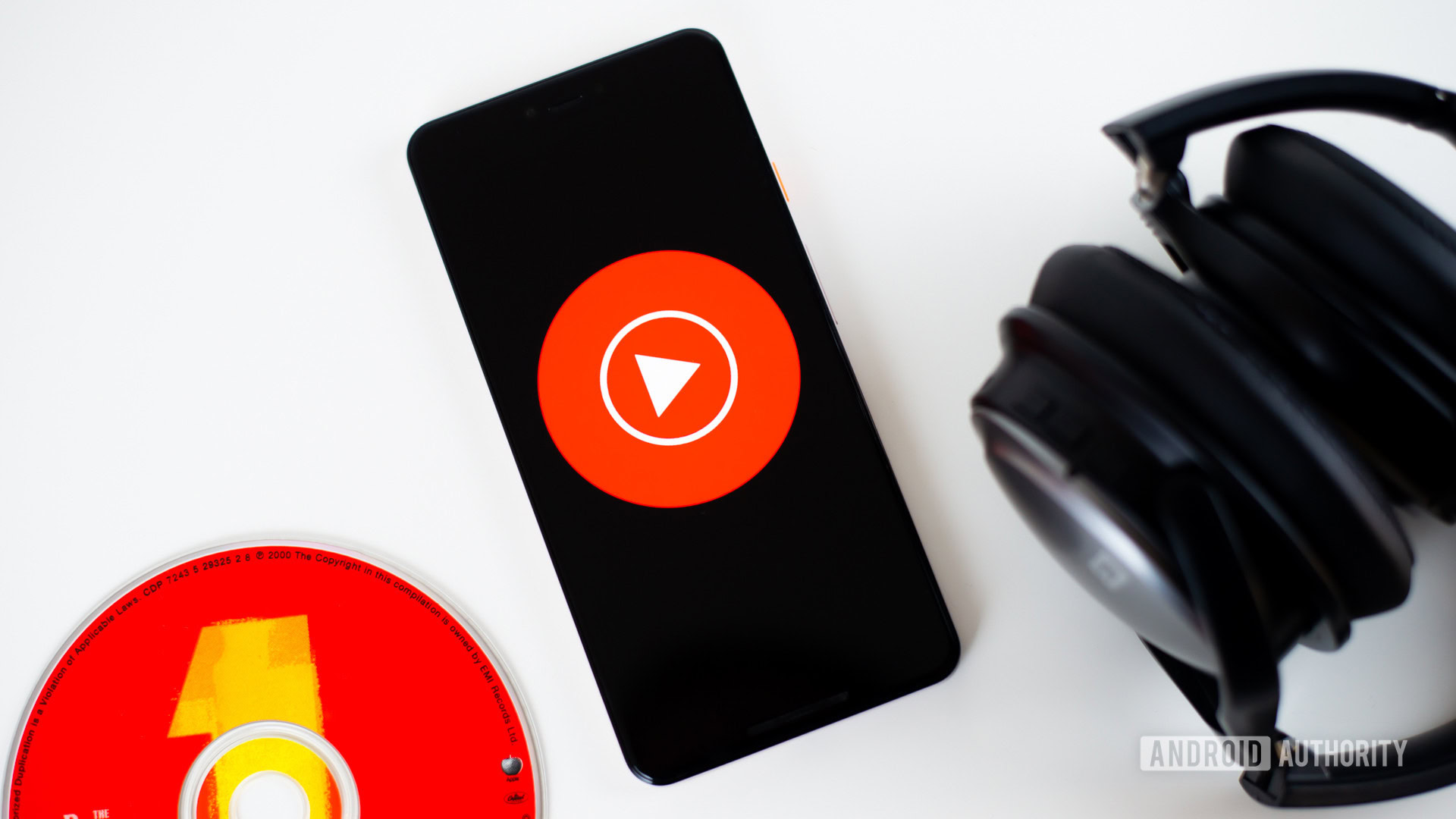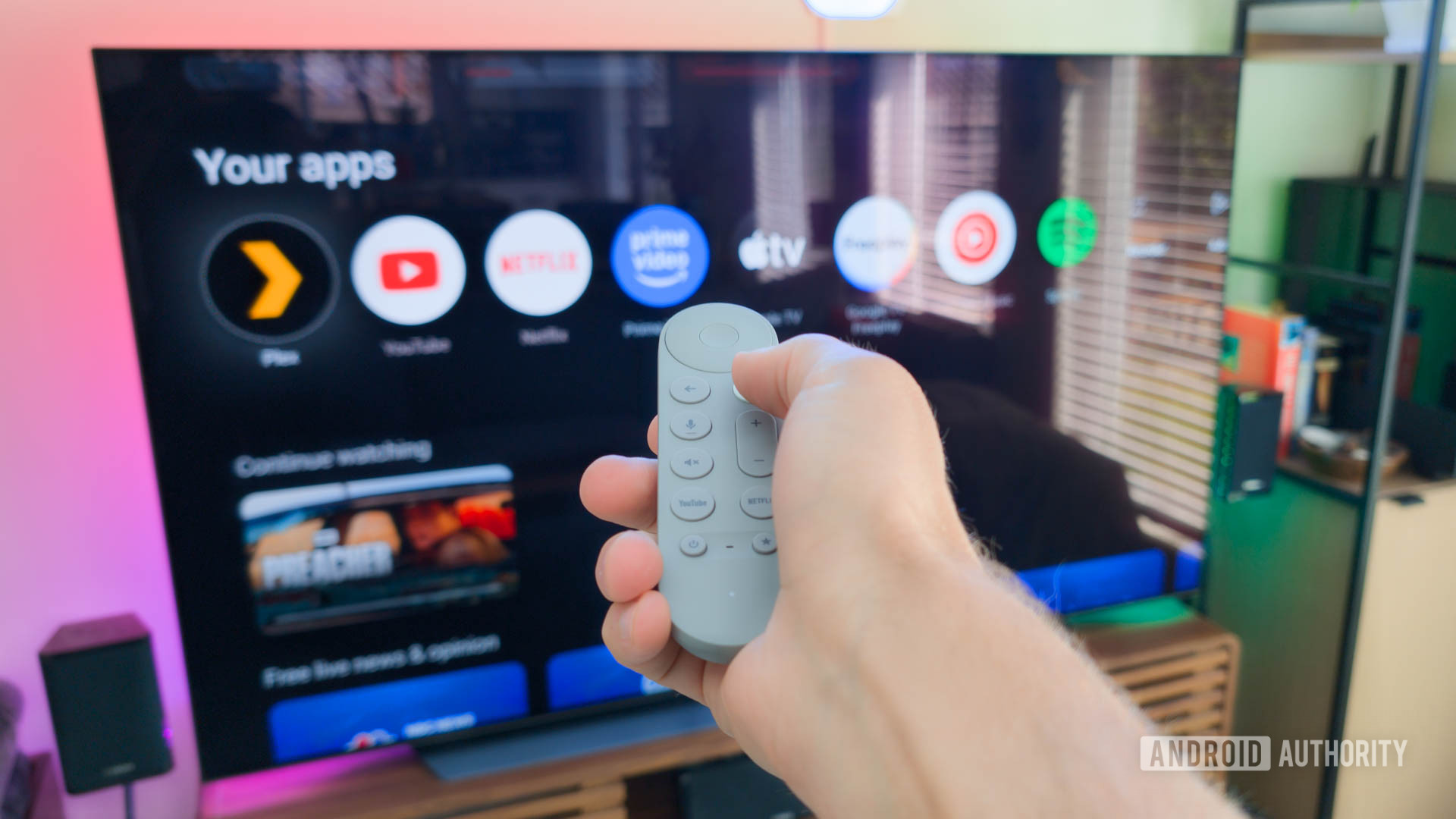In lieu of recent federal reform making it easier for internet service providers to retire their legacy copper services, the days of copper networks are slowly but surely coming to an end. Copper networks are an old form of telecommunication infrastructure that uses copper wires to transmit voice and data signals.You may more commonly understand copper networks as the basis for traditional voice services, like your landline phone, and early internet connections, such as Digital Subscriber Line (DSL). While copper communication technology was indeed revolutionary at its inception—all the way back to the 1880s—today’s advanced telecommunication technologies are not only making copper networks relatively obsolete but also discouraging telecom companies from continuing to invest resources in their expensive upkeep. In layman’s terms, maintaining copper networks for a handful of customers when newer technology is available is no longer worth it for the telecom industry. FCC starts clearing the way for copper network retirement In early 2025, the Federal Communications Commission (FCC) took action to accelerate the transition from copper networks to modern, high-speed communications infrastructure. What the Federal Communications Commission (FCC) called “cutting red tape to unleash new infrastructure investments” is actually a step to streamline telecommunications providers’ efforts to retire their outdated copper communications networks in order to make way for new high-speed networks. According to FCC Chairman Brendan Carr, previous FCC rules “have forced providers to pour resources into maintaining aging and expensive copper line networks instead of investing in the modern, high-speed infrastructure that Americans want and deserve.” The FCC aims to change that by clearing the “regulatory underbrush” delaying copper network retirement. While these are only initial steps in this process, the FCC’s action will enable providers to: Use streamlined procedures more often when they apply to discontinue copper lines Allow providers to retire copper networks in areas where voice services are available as a bundled service, not just on its own Bypass unnecessary requirements that kicked in whenever a provider “grandfathered” a legacy service (stopped offering it to new customers) Avoid costly and excessive notice requirements in cases where they provide no “demonstrable benefit” Although the FCC has jump-started the copper retirement reform process with these changes, it’s not as easy as it seems. Providers trying to retire copper networks must not only get FCC approval to discontinue service, but also demonstrate an alternative option is available for customers in areas that still rely on traditional copper lines. In some cases, a provider may also have state regulations to contend with since, ultimately, they need state permission to leave a market in which they are a carrier of last resort (COLR), meaning they are required to offer basic telephone services to any customer who requests them. AT&T is one such provider, unique in its aggressive push for copper retirement, that has tried and failed to end its COLR obligations in California.How do I know if I have copper internet service? If you’re not sure whether you have copper service, a quick way to find out is to take a look at your current equipment.
If you have a Network Interface Device (NID) located outside your home (a gray box), then you have copper service.You can also look at your equipment inside your home.If you have copper internet service, your DSL modem will connect to a phone jack.
Perhaps the easiest way to find out, however, is to take a look at your monthly phone or internet bill, which will tell you if you have a copper landline or internet service. AT&T aims for complete copper retirement by 2029 Other providers like CenturyLink and Verizon have been gradually phasing out copper, but AT&T has launched its copper sunsetting initiative more intensely than other providers.AT&T’s copper retirement plan has two phases: Phase 1: Focuses on retiring copper in areas where AT&T doesn’t plan to deploy fiber and will instead connect customers via wireless, satellite or Phone Advanced services (AT&T’s copper alternative VoIP landline service) to customers who previously relied on copper.This phase is set to be completed in 2027.
Phase 2: Phase two will pinpoint areas where AT&T plans to migrate copper customers to its fiber-optic service to serve landline and DSL customers.AT&T plans to conclude this phase by 2029. AT&T has already received FCC approval to discontinue copper services in 10% of its footprint (500 wire centers), but even with the FCC’s greenlight, there are state regulatory hurdles AT&T must overcome, which could delay the process in specific areas. AT&T is a COLR in many areas of California, and despite the FCC’s ruling, California rejected AT&T’s request to be relieved of its obligations on the grounds that it failed to demonstrate another provider could step in and provide a comparable service in AT&T’s absence. While less than 5% of AT&T’s customers rely on copper services, it’s still important to ensure that those customers, no matter how small a percentage, can access voice and 911 emergency services. Despite regulatory roadblocks like those in California, AT&T still hopes to continue its copper retirement process in other areas and will begin migrating copper customers to upgraded technology in the coming years.We’ll explain what this may look like below.
What’s next for AT&T copper customers? The migration from copper to upgraded technology will affect all devices connected through AT&T’s copper voice or internet services, including alarm systems, medical devices, smart home devices, fax machines and landlines. Here’s what to expect if you’re an AT&T copper customer: AT&T’s copper customers will eventually be migrated from copper services to fiber, fixed wireless, satellite or Phone Advanced service (except in California—for now), depending on your area AT&T will notify customers at least a month before copper is set to be discontinued in that area and provide customers with information about what technology they’re being migrated to If needed, technicians will be sent out to equip these locations with the necessary communication technology AT&T’s fiber service provides internet speeds ranging from 100 to 5,000 Mbps, while its fixed wireless service, Internet Air, provides 5G internet speeds up to 300 Mbps. AT&T’s Phone Advanced service is a Voice over Internet Protocol (VoIP) service that will replace its traditional copper landline service. What does copper retirement mean for you? AT&T isn’t the only company phasing out its copper networks.Verizon, CenturyLink and Frontier are just a few providers also working toward complete copper retirement. The good news? The technology alternatives are indeed superior to copper, especially fiber.It’s faster, more reliable and provides better overall performance than just about any communication technology out there. Whether you’re a business owner or consumer still relying on copper, it’s important to be prepared because change is coming, and soon. Residential customers should: Take time to understand your current copper provider’s migration plan Understand your rights; providers discontinuing your copper service must first get approval and provide a suitable service alternative–if you don’t feel like this exists, you can file a consumer complaint with the FCC Keep in mind potential price increases – you will likely need to get equipment compatible with new technology, and depending on your provider, it could cost you Research alternative technologies.
Your options will depend on your location, so always enter your address to find the most accurate service results Businesses should: Assess current communications infrastructure and identify all devices dependent on copper lines Develop a transition plan that minimizes any potential service disruptions that could impact your business Ensure regulatory compliance, especially in regards to safety measures (elevators, alarm systems, etc.) Train staff in the new technology Allconnect pro tip Don’t wait for your provider’s 30-day notice about service migration.Research other technologies available in your area and assess your current service to avoid potential service disruptions. Support and resources Transitioning to new and unfamiliar technology can be uncomfortable, but various resources are available to help. FCC resources – Providers have to go through the FCC before they can remove service from your area, so there is no shortage of information on its site about this process.Head over to the FCC’s Tech Transitions webpage to learn about the following: Notifications What to ask your provider What to do if your phone company discontinues your services Copper vs.
fiber Backup power Filing a consumer complaint with the FCC State-level information – Research your state’s resources about copper migration.Depending on the state, your state legislature may have information regarding the transition that can help. Provider FCC Filings – The FCC requires providers to file network change disclosures when they seek to retire copper networks.You can find these public disclosures on the FCC’s website, provider websites or even news outlets to find out where providers are trying to phase out their services. Take a look at altafiber’s network change disclosure and notice the specific wireline location it’s focused on shutting down.
If you’re curious whether your area is next, you can search for notices like these through the FCC’s site. Copper replacement FAQ Will I be able to access emergency services during this transition? Yes.Providers are required by law to maintain consumer protections during network migrations, one of which is maintaining 911 access.The FCC specifically safeguards consumers’ access to emergency services during these situations, which is why an alternative voice service with 911 capability is required for customers in areas where their existing provider is pulling out.
What devices are dependent on my copper network? Traditional copper lines are used for landline phone service, DSL internet service, some alarm systems, fax machines and elevators.Coaxial copper wiring is also used for cable TV and cable internet services, but those are here to stay, at least for now.Will I have to upgrade my service and pay for things I do not want? According to the FCC, if you are an existing customer only receiving voice services, you cannot be forced to subscribe to additional services, like internet or TV.
A provider must get approval from the FCC to discontinue that service and show that another provider is able to provide it to affected customers.
Will I have to pay more money if my provider retires my current service?
This depends on your provider.AT&T has been pushing its remaining copper customers to upgrade to fiber at no extra cost, but other providers may just offer free installation or eventually charge for equipment—keep a close eye on your provider’s notifications
What to read next
Read more
Featured
6G expected to be online by 2030
Robin Layton —
3 min read
Featured
Fiber vs.cable internet: Compare speeds & prices
Camryn Smith —
7 min read
Featured
AT&T Access: Low-income internet program
Robin Layton —
3 min read
Latest
Friday, October 3, 2025
The sun is setting on copper-based internet services, here’s what you need to know
Camryn Smith —
7 min read
Wednesday, October 1, 2025
Should you rent or buy your modem and router?
Camryn Smith —
4 min read
Tuesday, September 30, 2025
Internet data caps: How to avoid surprises
Lisa Iscrupe —
4 min read





